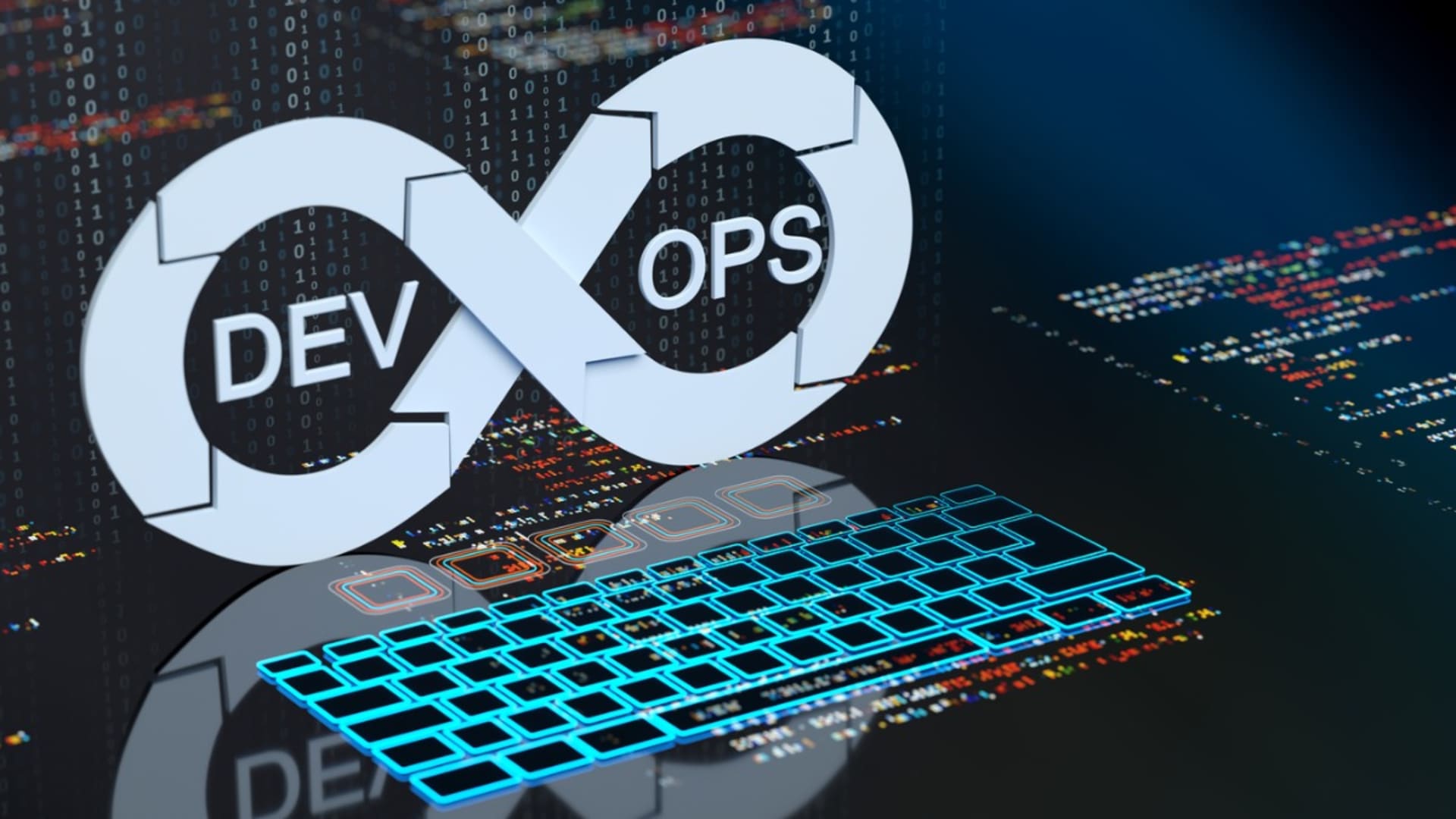The manufacturing, construction, logistics, healthcare, and mining industries are some of the many industries that rely on multiple devices and varied equipment to conduct their businesses. Since those assets are so critical to their operations, it’s only fitting that companies in those sectors turn to technology to help them manage the many moving pieces that make up their infrastructure.
In fact, monitoring assets has become such an essential task that these industries have refined the technologies they use to that end. The result is the increased adoption of asset monitoring solutions, the best way to monitor assets in highly complex environments.
What Is an Asset Monitoring / Tracking System?
An asset tracking system is a comprehensive platform through which companies can track assets remotely. To do so, these platforms often use a combination of specialized hardware to pick up different metrics and readings that allow users to learn relevant information about an asset at a glance.
Nowadays, the most advanced asset monitoring systems leverage the Internet of Things (IoT) to process real-time data, including the assets’ names, locations, and current status. Having that information available allows companies to identify problems, define a better maintenance schedule, and detect improvement opportunities.
Why Is Asset Management Important for Your Business?
If you work in a company that relies on a wide variety of high-value assets and equipment for your daily operations, then you need an asset management strategy (and the asset tracking solutions that can help you execute that strategy). That’s because asset management is the best way in which you can manage assets remotely in a secure and efficient manner.
An asset management system can help you gather data that you can later analyze to get insights into your assets’ performance, status, and overall asset utilization. Using those insights, you can prevent downtimes, properly organize your maintenance efforts, and devise an update and upgrade process for your assets.
Doing all that will provide you with a strategic advantage, as you won’t be surprised by asset-related disruptions, such as machines breaking down, devices being misplaced, or equipment becoming obsolete or outdated. With asset management, you’ll always stay on top of everything that happens with your assets, providing you with better governance over your operations.
The Asset Monitoring Process
Monitoring assets efficiently is a critical task for many organizations. By tracking the status, health, and asset location, businesses can ensure smooth operations and derive maximum value from their resources. The process typically involves several key stages, which we’ll delve into below.
Asset Identification
Accurate identification is the cornerstone of a successful asset monitoring strategy. Recognizing each asset’s unique attributes and requirements ensures that it receives appropriate care, reducing the risk of unplanned downtime or premature wear and tear.
Significance of Accurately Identifying Assets:
Every asset, whether tangible like machinery or intangible like software licenses, plays a unique role in an organization’s operations. Properly identifying each one ensures they’re correctly tracked and managed.
Overlooking or misidentifying an asset can lead to costly errors. For instance, if a critical asset isn’t correctly logged, its maintenance could be overlooked, leading to premature failure or unnecessary downtime.
Tools and Techniques to Catalog Assets:
- Asset Management Software: These tools allow organizations to create digital databases of all their assets, logging vital details such as purchase date, warranty information, and maintenance schedules.
- Barcode and QR Code Scanners: These handheld devices can quickly scan assets, logging them into a system or checking them against an existing database.
- Asset tracking tags or RFID Tags: More advanced than barcodes, these tags can store detailed information about an asset and be read without direct line-of-sight, allowing for more flexible and comprehensive tracking.
Data Collection and Transmission
Once assets are identified, the next step involves continuously collecting data about their status and performance.
Types of Data Collected:
- Usage Stats: This data might include how often an asset is used, its operating hours, and other usage-related metrics.
- Health Stats: These could encompass readings like temperature, vibration levels, or error rates, indicating an asset’s health and predicting potential issues.
- Asset Location Data: This shows where an asset is at any given time, ensuring it’s where it’s supposed to be. This is particularly important for movable assets and can be achieved using a global positioning system.
Data Transmission:
- Wireless: Assets equipped with Wi-Fi or cellular capabilities can transmit data in real time, allowing for immediate insights and responses.
- Wired: In some settings, especially where high data fidelity is required, assets might be connected via Ethernet or other wired connections to ensure consistent data transmission.
- Manual Logging: In some cases, especially with older equipment, data might be manually logged by operators and then entered into a system.
Analysis and Insight Generation
With data in hand, the next step involves making sense of it, and drawing actionable insights to drive decision-making.
Tools Used for Data Analysis:
- AI: Artificial Intelligence can sift through vast datasets, spotting patterns that might be invisible to the human eye. For instance, AI might detect that a machine tends to overheat when operating above a certain threshold for extended periods.
- Predictive Analytics: This technique uses historical data to forecast future events. If a machine typically requires maintenance after a specific number of operating hours, predictive analytics can forecast the next required service date.
Deriving Insights from the Data:
- Threshold Alarms: By setting predefined thresholds, systems can automatically alert operators when an asset’s readings fall outside acceptable ranges.
- Trend Analysis: By studying data over time, organizations can identify trends, such as a machine’s steadily increasing operating temperature, indicating wear-and-tear.
Reporting and Decision Making
The final step in the asset monitoring process involves presenting the collected data in an understandable format, enabling informed decision-making.
Visualizing Asset Monitoring Data:
- Dashboards: Modern asset management tools often feature dashboards that provide at-a-glance views of asset status, health, and other key metrics.
- Heatmaps: For assets like servers, heatmaps can visually depict areas of concern, such as sections of a server rack that consistently run hotter than others.
Making Decisions Based on the Data:
- Proactive Maintenance: With clear insights into asset health, organizations can shift from reactive to proactive maintenance, servicing equipment before it breaks down.
- Asset Retirement and Replacement: If data consistently shows that an asset is underperforming or requiring excessive maintenance, decision-makers might opt to retire or replace it.
In conclusion, the asset monitoring process is a holistic approach to tracking, analyzing, and decision-making. By accurately identifying assets, collecting detailed data, drawing actionable insights, and visualizing this information, organizations can ensure their assets deliver maximum value over their lifespans.
Benefits of Asset Tracking
There are plenty of benefits to using asset management systems, including:
- Enhanced asset maintenance: The data you gather with asset management platforms can help you refine your maintenance schedule based on the performance, issues, and shelf life of all your assets.
- In-depth asset analytics: You can analyze the collected data to create reports about specific assets or workflows. Armed with those reports, you’ll be able to optimize your workflow, better manage staff schedules, and reduce equipment downtime.
- Longer asset service life: Since you’ll be closely monitoring all assets, you’ll be able to check on their condition and current status. Doing that will let you decide when to maintain or repair your assets, preventing them from breaking down before they reach their expected shelf life.
- Improved asset handling: Through asset management platforms, you’ll be able to monitor what your employees are doing with your assets. You can check a lot of data about asset usage, including usage time, locations, and even the identification of the users themselves, which can help you prevent thefts.
- More accurate failure prediction: These systems can help you measure diverse asset KPIs and analyze their behavior. Thus, you can use this information to detect issues as they appear and before they become bigger, a reliable indicator of future failures.
Top Asset Tracking Software
Since asset management platforms have become so important for so many industries, many companies have developed their own asset-tracking solutions. This means that there are plenty of off-the-shelf alternatives to pick from. But which ones are the best? While that depends on what you’re looking for, there are a number of companies that offer robust and high-performing asset management tools, including:
- Asset Panda: One of the most renowned names in the asset management sector, this is a highly flexible asset management platform that can provide further capabilities, like facility auditing and calibration tracking.
- AsseTrack FAMS: A great asset management platform for anyone looking to produce standard and dynamic reports through an easy graphical interface. It also packs features to manage capital budgeting and ongoing asset-related projects.
- Tenna: A really flexible tool that allows you to monitor pretty much any asset you might have, from handheld devices to heavy machinery. The best thing about it is that it includes automated trackers and a simple mobile app that allows you to manage assets from anywhere.
- ASAP Systems: A highly customizable system that lets you pick which features you need to work on and skip everything else. That way, you won’t have to worry about a bloated interface or complicated menus—you’ll always have what you need at the tip of your fingers.
- WiseTrack: Perhaps the simplest platform in this list, it is the best way to start your path with asset management. It has just the options you need to control your assets, everything from a sober and easy-to-learn interface.
Custom Asset Monitoring Systems
While there are many off-the-shelf asset monitoring tools in the market, you might find that they don’t meet the specific needs of your business. If that’s the case, then you need to consider custom asset management system development. Through it, you’ll task an asset management development team with the creation of a personalized system that packs only the features you need, no more, no less.
In custom asset management system development, you’ll build your own platform from scratch, defining your specific requirements, detailing the integrations you need, and providing feedback to better meet your overall objectives. While that process might be more costly than using an off-the-shelf solution, the reality is that going down the custom development path is worth the investment, as you’ll get a personalized platform that’s more secure, scalable, and properly aligned with your operations and assets.
Leading Technologies in Asset Monitoring
Asset monitoring has undergone a significant transformation thanks to advancements in technology. Today’s leading technologies not only make the monitoring process more efficient but also bring about deeper insights, and proactive solutions, and ensure data integrity. This section provides a detailed exploration of these revolutionary technologies and their impact on an asset monitoring system.
IoT (Internet of Things)
The Internet of Things, often abbreviated as IoT, is the network of physical assets—from industrial machines to everyday objects—embedded with sensors, software, and other technologies to collect and exchange data over the Internet.
In asset monitoring, IoT turns simple fixed assets into smart ones that can monitor themselves, report their status, and make decisions using set rules.
IoT Asset Monitoring: Data Collection and Transmission
- Sensors: IoT devices are equipped with various sensors, such as temperature, vibration, or moisture sensors, that continuously monitor specific parameters related to the asset value.
- Connectivity: These devices transmit data in real-time or at specified intervals using wireless communication technologies like Wi-Fi, cellular networks, or specialized IoT protocols such as MQTT or CoAP.
AI and Machine Learning
Artificial Intelligence (AI) and Machine Learning (ML) are reshaping the way organizations predict, analyze, and respond to critical asset-related data.
Predicting Asset Failures and Maintenance Needs:
AI algorithms can analyze vast datasets to identify patterns that might be indicative of an imminent failure or maintenance requirement. For instance, AI might recognize a correlation between specific temperature fluctuations and a subsequent machine malfunction.
Refining the Monitoring Process with Machine Learning:
ML models learn from data over time. As more data on asset performance is collected, the models become better at predictions, anomaly detection, and suggesting optimal maintenance schedules, enhancing the efficiency and accuracy of asset monitoring.
Blockchain
Best known as the technology behind cryptocurrencies, blockchain’s decentralized and immutable nature has profound implications for ensuring data integrity in asset monitoring.
Blockchain services can serve as a tamper-proof ledger, ensuring that once asset data is recorded, it can’t be altered without leaving a trace. This guarantees data integrity and transparency.
Blockchain Asset Management Use Cases:
- Supply Chain Monitoring: Blockchain can trace the journey of assets from manufacturer to end-user, ensuring authenticity and preventing counterfeits.
- Secure Data Sharing: Companies can share asset data with stakeholders or third-party service providers without fearing data tampering or unauthorized alterations.
AR (Augmented Reality)
Augmented Reality superimposes digital data and images onto the real world, providing enriched, interactive experiences.
AR can visualize complex asset data in an intuitive manner. For instance, a maintenance technician wearing AR glasses can see a machine’s temperature or performance data superimposed on the actual machine, aiding in quicker diagnostics.
AR Asset Monitoring Potential Applications:
- Manufacturing: Factory floor managers can get a real-time, AR-augmented view of machinery performance, spotting issues before they escalate.
- Real Estate: Property managers can use AR to monitor various assets within a property, from HVAC systems to security infrastructure, visualizing their performance and health in real time.
In conclusion, the convergence of these technologies—IoT, AI, Blockchain, and AR—marks a paradigm shift in asset monitoring. They not only offer deeper insights but also pave the way for predictive maintenance, enhanced transparency, and immersive visualization, ensuring assets are not just monitored but also optimized for peak performance.
Start Your Project Today
Are you thinking about adopting an asset management system for your company? Then BairesDev is the partner you need to get the job done right. We have years of experience developing custom asset management solutions for companies in different industries. Our Senior Engineering Team can help you with any project you have in mind, be it developing a specific feature for an existing asset management solution or creating a whole new platform.
We can offer you timely deliverables, iterative enhancements, and a strategic roadmap for the implementation of your asset management tool. What’s more, we can provide you with added value throughout the project’s entire life cycle.







